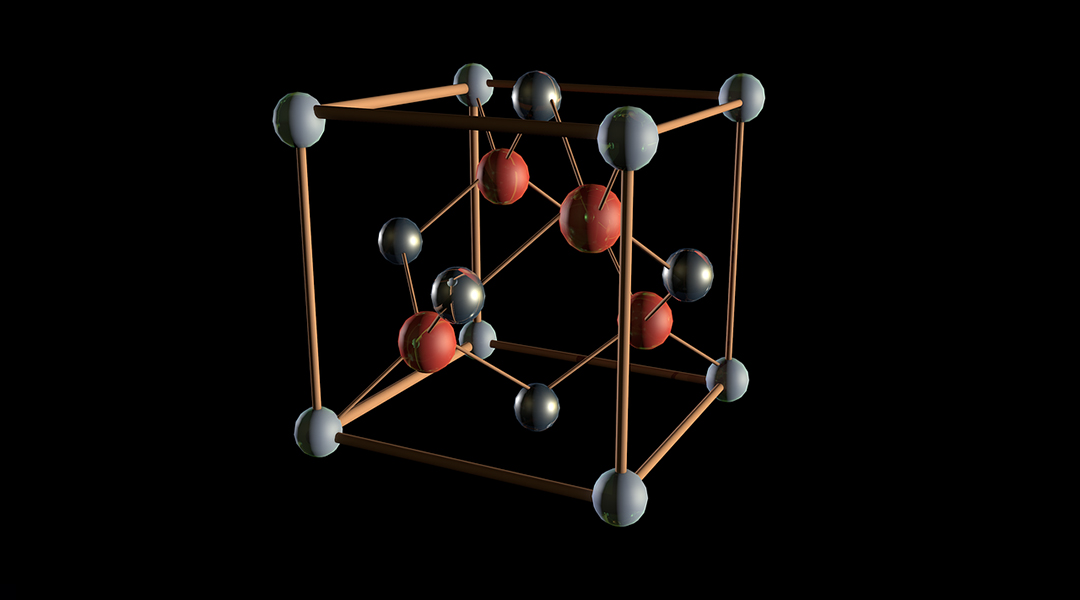In a new study, a team of European physicists has discovered a distinctive collective behavior in the atoms of a material called manganese-doped germanium telluride, which occurs at very low temperatures and gives rise to fascinating properties.
These findings are not only interesting from the perspective of fundamental research but hold the potential for a significant breakthrough in information technology, promising to make computations less energy-intensive by orders of magnitude.
Reigning in energy consumption
Computers and information technology have transformed society in recent decades, finding their way into almost every aspect of industry, technology, science, and our everyday lives. However, the relentless growth of computer performance and capabilities has resulted in a corresponding increase in energy consumption, accompanied by the need to manage the heat generated by more powerful computers.
A possible way to solve these problems could be new, more energy efficient materials, which might lead to a significant reduction in the computers’ energy consumption.
One such material is germanium telluride, which has been studied in a recent study published in Nature Communications carried out by an international team of researchers led by Hugo Dil at the Swiss Federal Institute of Technology Lausanne, Gunther Springholz at Johannes Kepler University Linz, and Jan Minár at the University of West Bohemia.
Through a process called “doping”, the team introduced small amounts of manganese atoms into the germanium telluride’s crystal lattice, resulting in manganese-doped germanium telluride that at sufficiently low temperatures becomes a ferrimagnet and, upon further cooling, turns into what is known as spin glass.
The spin glass phase
Ferrimagnetism is a specific form of magnetism where the spin or rotation of some of a material’s atoms point in one direction, while the rest point in the opposite direction. This behavior differs from the more familiar ferromagnetic behavior, observed in materials like iron, where all spins are oriented along the same line, creating a magnetic field.
At super cold temperatures, below roughly -230 degrees Celsius, germanium telluride enters the spin glass phase, in which the spins of all its atoms become random.
Under an applied magnetic field or electric current, spin glass state materials respond differently compared to more conventional materials, which can be of great use in computing since the directions of atomic spins can be used to encode information that a computer can manipulate.
The authors of the study found that they could change the direction of the magnetic field generated by manganese-doped germanium telluride by passing a current through it. The most significant part being that the current required to make the change was about six orders of magnitude less than what would normally be required, which could significantly reduce the energy consumption when performing calculations based on spin manipulation in this material.
“This is possible because the system forms a correlated spin glass, where the local magnetic moments are in a glassy state, similar to atoms in an old-fashioned window,” said Dil in a press release. “If one spin is forced to change its orientation, this information will travel like a wave through the sample and cause the other magnetic moments to also switch.”
Spin glass computations
In its spin glass state, manganese-doped germanium telluride becomes very sensitive to an applied electric current, which offers the opportunity for the magnetic field to behave as a bit of information corresponding to either a 1 or a 0 (just like a normal computer bit). If very little energy is required to change the value of a bit, then the energy needed to execute an entire algorithm will also be correspondingly low.
“For technological applications, this increase in switching efficiency is, of course, very interesting,” Dil explained. “It can eventually lead to computers that need less than one-millionth of the currently required energy to switch a bit.
“However, as a physicist, what really intrigues me is the collective behavior. We are now planning space- and time-resolved experiments to follow how these excitations spread and how we can control them.”
Reference: Juraj Krempaský et al, Efficient magnetic switching in a correlated spin glass, Nature Communications (2023). DOI: 10.1038/s41467-023-41718-4
Feature image credit: Kristina0000 on Pixabay

















